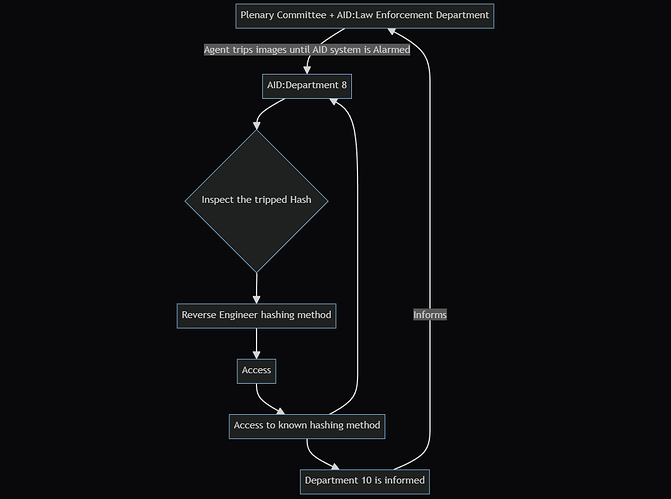𝒩𝒜𝒜𝒞𝒩

›»»03.27.2024.««‹×›»»Issue:ℕ2035421242000000000000000000414254««‹
Table of Content:
- [1.1. Draft Bill regarding Infrastructure presented]
- [1.2. AID Inquiry begins Investigation with plan of action presented]
1. Politics.
1.1. Draft Bill regarding Infrastructure presented
The Head of Government & Speaker Syd G. Patton and The Head of HMs Shadow Cabinet Nowell Riley Trenton, leaders of the two largest political parties in Nasphilitae (“The Center” and “Opportunity Party”, respectively). Today presented the joint Draft Bill on Infrastructural renovation before the Lower House.
It should be noted that the draft was authored by the two of them, while idea for the Bill was brought forth by Dellan Embrose (of HM Shadow Government and member of the UML party) and Elian Aitken (of the ruling Government and member of the SRP political party).
This explains why most opposition towards the Bill in the Upper House revolves around formal wording within it, since Embrose and Aitken weren’t co-authors, as the Upper House Seating is yet to be called this week.
The Draft Bill is available here.
1.2. AID Inquiry begins Investigation with plan of action presented
Avery Kidling (Plenary Committees’ Head Commissioner for Public protection, Appraisal, Inquiry & Scrutiny) which initiated the Inquiry, and Madison Edwards (Representative-Director of the AID, function which is equivalent to Director of AID:Central) have created a plan for Investigating the Hash Controversy of AID today.
The Plenary Committee will be aided by AIDs Department for Law Enforcement, while AID:Central will be aided by Unit 8 of AIDs Department 9. The plan is graphed below:
2. Culture.
2.1. “Sola Victorem” Holiday in Nasphilitae begins
Today begins the two-week National Holiday of “Sola Victorem” in Nasphilitae. It is one of the oldest holidays celebrated domestically, beginning every 27th of March and lasting for 14 days, first celebrated some time during the 1650s.
Reasons behind it remain unknown, though it’s estimated that due to the season of when it occurs, to be celebrating the end of Summer and beginning of Colder Seasons.
This reasoning is further supported by the fact that public celebrations mainly include feasts on squares of previous Summers harvests.
